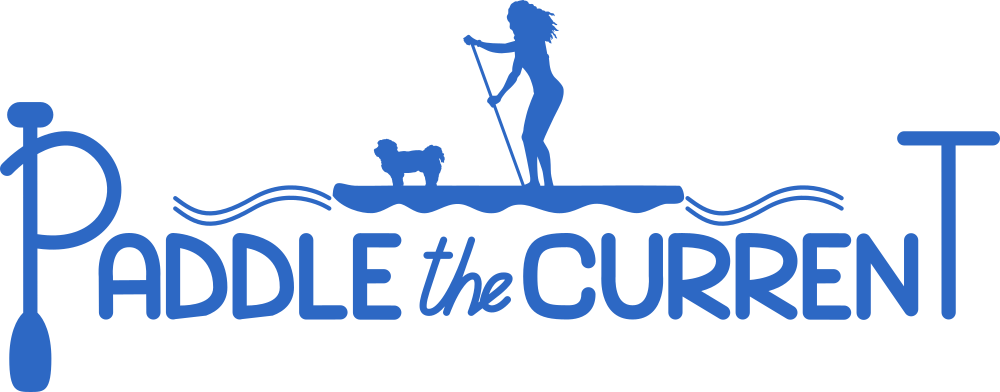Yoga Teacher Training: Week 4
I attended a wedding this weekend to celebrate two pretty great people and spend time with other people I love to pieces. My friend was a beautiful bride and you could feel her happiness and gratitude – it radiated. We were lucky enough to attend this wedding at the Art Institute in Chicago and my blog picture this week was on the patio outside the reception. Perfect place for yoga!
Highlights
Have you ever received hands-on assist in a yoga pose during class? If done correctly, it can feel amazing and really deepen the benefits of the posture. If done incorrectly, it can feel weird, awkward and even uncomfortable! In my first yoga class at CorePower, I received an assist in Child’s Pose and Savasana. In Child’s Pose, the instructor firmly pressed down on my lower back to bring my tailbone down to my heels and I could really feel the stretch. In Savasana, the instructor elongated my spine by pulling the muscles of my neck and gently massaging my neck and shoulders. It felt great and I walked out of class thinking all CorePower classes must include a mini massage session!
I’ve received hands-on assists in many classes since then and not all of them were mini massages. The purpose of an adjustment is to promote proper alignment in a pose and help set students up for success in their yoga practice. If a pose isn’t well executed, it may not feel good or can affect different parts of the anatomy that are not intended to be used in the pose. An adjustment can correct positioning and help students learn the correct way to hold a posture.
Receiving adjustments is fairly easy, if done correctly – you just relax and keep your balance. In our first class this week, we practiced performing hands-on assists. Let me tell you, it’s not as easy as it looks! First, you have to make it known to the student you are about to enter their space by making some sort of noise – rubbing my hands together loudly is my default. Many poses have students with their eyes closed or heads down and you don’t want to startle someone by suddenly placing your hands on their backs or grabbing their arm! Another important part of performing adjustments is protecting your body from injury. You’d never think someone could get hurt providing assistance, but we generally forget that people come in all shapes and sizes. The most important thing to remember is to have a good base to absorb anything that might go wrong. Just like cueing the yoga sequence, hands-on assists take practice.
My Takeaways
The last two classes of week 4 were focused solely on anatomy. I’d say 75% of my classmates have careers in healthcare, so we’ve all had plenty of anatomy. These classes reviewed the basics – bones, muscles, joints – but really applied everything to yoga. The planes of motion our bodies move through in each pose and what can happen when planes are crossed in a pose that aren’t meant to be crossed – like falling when you are supposed to be balancing! I learned about the Psoas muscle and know that when I wake up all creaky in the mornings that my fascia tissue isn’t happy. We also talked about reading students’ bodies and if a pose is being done incorrectly, we can spot where a student is weak in their anatomy.
My takeaway from this week was the importance of understanding anatomy as it pertains to yoga and how this can make you a better teacher – and improve my own practice! It was honestly very enlightening and I learned so much in these two classes.
As a student….
During the anatomy classes, I realized where I’m weak in my own body. My hip flexors, upper back and arms have become so much stronger since regularly practicing yoga. This has helped my knee and neck pain tremendously. I was still able to identify some weaknesses in my body this week by learning how to read other people’s bodies in postures.
I’m going to focus on my Chaturangas and work on my rhomboids. The rhomboids are attached to the shoulder blades and helps pull them towards the midline of your back to open your chest. If rhomboids are weak, the shoulder blades can flail a little bit and I’ve noticed this when I get tired during class. So many yoga postures incorporate opening your chest ,so this mindfulness should help me in other postures as well.
My aha moment….
We’re officially halfway through our training! We’ve learned an entire yoga sequence, yoga philosophy, the anatomy of these postures and some hands-on assists. You would probably expect me to be able to get up in front of a group of people and be ready to teach a class now, right? I’m not ready just yet – I hope the next four weeks of practicing my newly learned skills will set me up for success. I did allow myself to look back on the last 4 weeks and feel a tiny sense of accomplishment!
